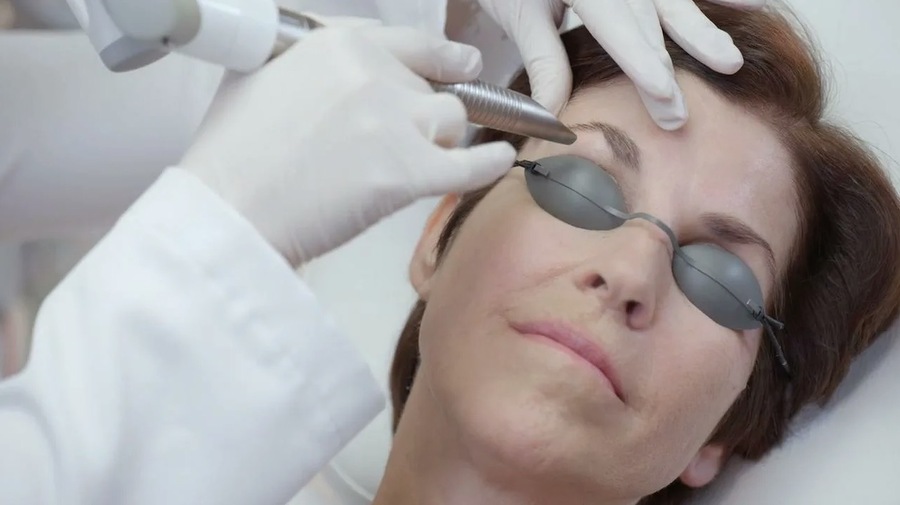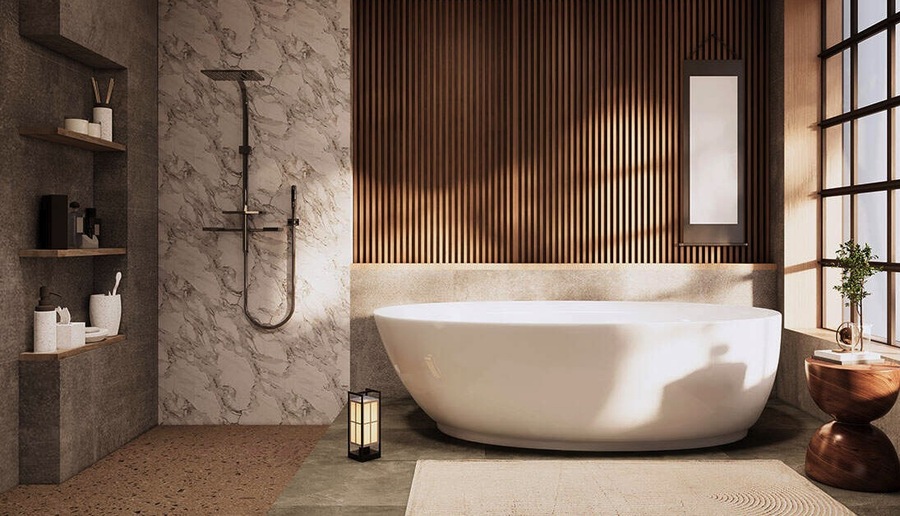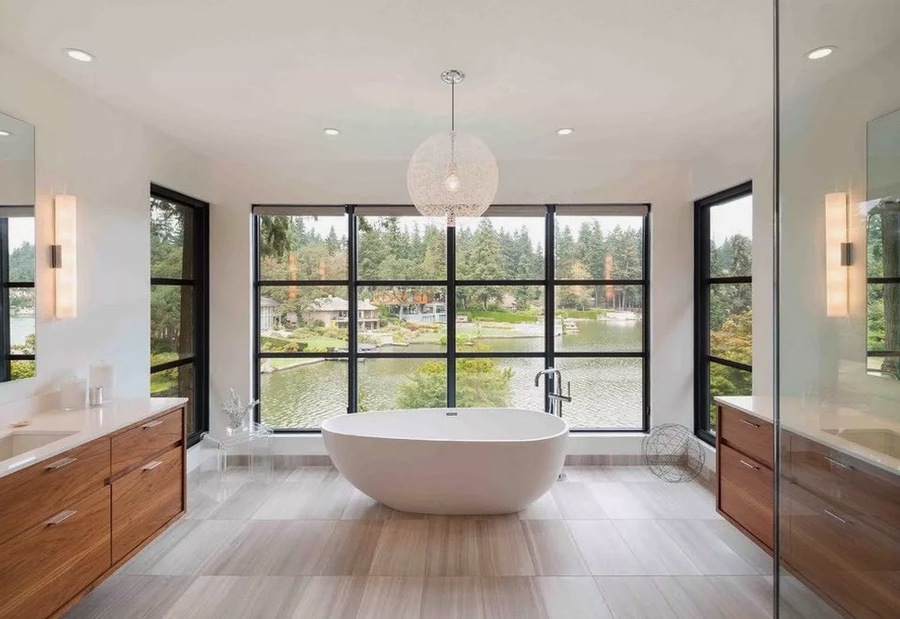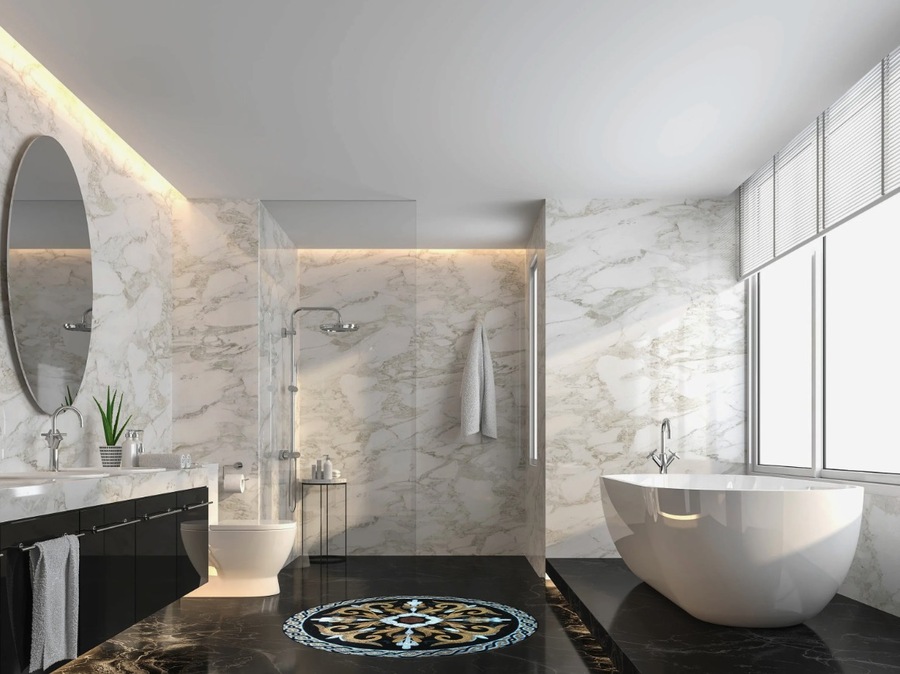Non-Surgical Blepharoplasty: The Modern Solution for Youthful Eyes
The eyes significantly impact facial aesthetics, conveying emotions and enhancing overall appearance. As we age, the skin around the eyes often becomes loose, develops wrinkles, and loses its youthful vibrancy, leading to an older and tired look. Traditionally, surgical blepharoplasty has been the go-to solution for rejuvenating the eyelids. However, advancements in aesthetic medicine have introduced a modern alternative: non-surgical blepharoplasty. This innovative procedure offers a less invasive method at an aesthetic clinic in Dubai to achieve youthful, vibrant eyes without surgery.
What is Non-Surgical Blepharoplasty?
Non-surgical blepharoplasty is a cosmetic procedure designed to rejuvenate the eyelids without invasive surgery. Unlike traditional blepharoplasty involving incisions and sutures, non-surgical methods use advanced technologies such as plasma devices, laser treatments, and radiofrequency (RF) energy to tighten and lift the skin around the eyes.
Differences from Traditional Blepharoplasty:
- No Incisions: Non-surgical methods do not require skin cutting, reducing the risk of scarring and infection.
- Minimal Downtime: Recovery time is significantly shorter, allowing patients to return to normal activities more quickly.
- Lower Risk: There are fewer complications and side effects compared to surgical options.
Techniques Used:
- Plasma Technology: A plasma device creates controlled micro-injuries on the skin’s surface, stimulating collagen production and tightening the skin.
- Laser Treatments: Utilize laser energy to remove the outer layer of skin and promote new skin growth, resulting in a smoother and firmer appearance.
- Radiofrequency (RF) Energy: Delivers heat to the deeper layers of the skin, encouraging collagen and elastin production, which tightens and lifts the skin.
How Does Non-Surgical Blepharoplasty Work?
Procedure Explanation: Non-surgical blepharoplasty involves plasma, laser, or RF devices. The specific technique depends on the patient’s needs and the practitioner’s recommendation.
Plasma Technology: Plasma devices create a small electrical arc that targets the skin’s surface, causing tiny, controlled micro-injuries. These micro-injuries stimulate the skin’s natural healing process, increasing collagen and elastin production. This results in tighter, smoother skin around the eyes.
Laser or RF Energy: Laser treatments use concentrated light to remove the outer layer of skin, promoting the growth of new, healthy skin. RF energy heats the deeper layers of the skin without damaging the surface. This heat stimulates collagen production, resulting in a lifting and tightening effect.
Mechanism of Action: The effectiveness of non-surgical blepharoplasty lies in its ability to stimulate the body’s natural healing processes. By creating controlled damage to the skin, these treatments trigger the production of collagen and elastin, essential proteins that keep the skin firm and elastic. Over time, this leads to a gradual improvement in skin texture, tightness, and overall appearance.
Step-by-Step Process:
- Pre-Treatment Consultation: The process begins with a consultation to assess the patient’s suitability for the procedure and to discuss their goals and expectations.
- Anesthesia Application: A topical anesthetic is applied to the treatment area to ensure patient comfort during the procedure.
- Treatment: The practitioner uses the chosen device to treat the eyelids, carefully targeting the areas of concern.
- Post-Treatment Care: Patients receive detailed instructions on how to care for their skin after the procedure to ensure optimal results and minimize side effects.
Benefits of Non-Surgical Blepharoplasty
Minimally Invasive: Non-surgical blepharoplasty requires no incisions or sutures, making it a much less invasive option than traditional surgery. This reduces the risk of complications and makes the procedure more appealing to those who are hesitant about undergoing surgery.
Reduced Downtime: One of the most significant advantages of non-surgical blepharoplasty is the minimal downtime. Most patients can return to their normal activities within a few days, making it a convenient option for those with busy schedules.
Lower Risk: Non-surgical methods lower the risk of complications. Since there are no incisions, the likelihood of infection, scarring, and other surgical risks is significantly reduced.
Natural Results: Non-surgical blepharoplasty gradually improves skin texture and tightness, leading to natural-looking results. The incremental changes allow patients to avoid the “overdone” look that can sometimes result from more aggressive surgical procedures.
Cost-Effective: Non-surgical blepharoplasty is often less expensive than surgical options. While the exact cost can vary depending on the technique and the number of sessions required, it is generally more affordable than traditional blepharoplasty.
Achieving a Youthful Appearance
Non-surgical blepharoplasty addresses several common signs of aging around the eyes, helping patients achieve a more youthful and refreshed appearance.
Reducing Upper and Lower Eyelid Sagging: The treatment effectively tightens loose skin on the upper and lower eyelids, reducing sagging and drooping. This results in a more alert and youthful look.
Diminishing Under-Eye Bags and Puffiness: Non-surgical blepharoplasty can reduce the appearance of under-eye bags and puffiness by promoting collagen production and tightening the skin. This helps create a smoother and more even skin surface.
Smoothing Fine Lines and Wrinkles: Stimulating collagen and elastin production helps smooth out fine lines and wrinkles around the eyes. Patients can expect a reduction in crow’s feet and other wrinkles, contributing to a youthful appearance.
The Role of Collagen Induction: Collagen induction is crucial to maintaining long-term results. As the skin continues to produce new collagen and elastin, the treatment’s effects can last several months to a year. Periodic maintenance sessions can help sustain the results over time.
The Treatment Process
Pre-Treatment Consultation: A thorough consultation with a qualified practitioner is essential to determine if non-surgical blepharoplasty is the right option for the patient. During this consultation, the practitioner will assess the patient’s skin type, discuss their aesthetic goals, and set realistic expectations for the outcome.
Description of the Procedure:
- Anesthesia Application: A topical anesthetic is applied to the treatment area to ensure comfort during the procedure.
- Treatment Duration: The procedure typically takes 30-60 minutes, depending on the extent of the treatment area and the technique used.
- Techniques Used: The practitioner will use either plasma, laser, or RF technology to target the eyelids. The device creates controlled micro-injuries or delivers heat to the skin, stimulating collagen production and tightening the skin.
Post-Treatment Care:
- Immediate Care: Patients may experience redness, swelling, and minor discomfort immediately after the procedure. Cold compresses can help reduce swelling.
- Follow-up Instructions: Patients should avoid sun exposure, use gentle skincare products, and follow any specific instructions their practitioner provides to ensure optimal healing and results.
- Recovery Timeline: Most patients experience noticeable improvement within a few days, with full results appearing over several weeks as collagen production increases.
Who Can Benefit from Non-Surgical Blepharoplasty?
Ideal Candidates: Non-surgical blepharoplasty suits individuals with mild to moderate skin laxity, fine lines, wrinkles, under-eye bags, and sagging eyelids. It is effective for men and women across a wide age range, typically from their 30s to 60s.
Specific Eye Concerns Addressed:
- Upper Eyelid Sagging: Tightens loose skin on the upper eyelids.
- Lower Eyelid Puffiness: Reduces under-eye bags and puffiness.
- Fine Lines and Wrinkles: Smooth crow’s feet and other fine lines around the eyes.
Contraindications and Precautions:
- Skin Conditions: Individuals with active skin infections, eczema, psoriasis, or other skin conditions should avoid this treatment.
- Medical History: Patients with a history of keloid scarring, severe allergies, or certain medical conditions should consult their practitioner for alternative therapies.
- Pregnancy: Pregnant women are generally advised to avoid non-surgical blepharoplasty.
Potential Side Effects and Risks
Common Side Effects:
- Redness: Mild redness is common and typically subsides within a few hours to a few days.
- Swelling: Swelling may occur, especially around the treated area, and usually resolves within a few days.
- Minor Discomfort: Some patients may experience a slight burning or tingling sensation during and after the procedure.
Rare Complications:
- Infection: While rare, infections can occur if post-treatment care instructions are not followed properly.
- Hyperpigmentation: Some patients may experience temporary changes in skin pigmentation.
- Scarring: Although uncommon, scarring can occur, particularly in patients prone to keloid formation.
Importance of Choosing a Qualified Practitioner: Selecting an experienced and qualified practitioner is crucial to minimizing risks and ensuring the best possible results. A skilled practitioner will use the appropriate technique and device settings for the patient’s skin type and concerns.

Comparing Non-Surgical and Surgical Blepharoplasty
Differences in Procedure:
- Non-surgical Blepharoplasty: Uses plasma, laser, or RF energy to stimulate collagen production and tighten the skin. It involves no incisions and has minimal downtime.
- Surgical Blepharoplasty: Involves making incisions to remove excess skin and fat. It requires a longer recovery period and carries a higher risk of complications.
Recovery:
- Non-surgical: Patients typically experience mild redness and swelling with minimal downtime. Most can return to their normal activities within a few days.
- Surgical: Recovery can take several weeks, with more significant swelling and bruising. Patients may need to take time off work and avoid strenuous activities during healing.
Results:
- Non-surgical: This treatment gradually improves skin texture and tightness, with results lasting several months to a year. Periodic maintenance treatments may be needed.
- Surgical: This procedure offers dramatic and long-lasting results, often several years. However, the invasive nature of the procedure and the associated risks may make it less appealing to some patients.
Advantages and Disadvantages:
- Non-Surgical Blepharoplasty:
- Advantages: Minimally invasive, lower risk, shorter recovery time, natural results.
- Disadvantages: It may require multiple sessions for optimal results and is unsuitable for severe cases of sagging or excess skin.
- Surgical Blepharoplasty:
- Advantages: More dramatic and long-lasting results, effective for severe sagging and excess skin.
- Disadvantages: Invasive, higher risk of complications, longer recovery time, and potential for scarring.
Situations Where Surgical Blepharoplasty Might Be More Appropriate:
- Severe Sagging or Excess Skin: Surgical blepharoplasty may be more effective for patients with significant or excess skin laxity.
- Fat Removal: Surgical blepharoplasty removes excess fat, which non-surgical methods cannot address.
Price Breakdown:
- Plasma Technology: AED 1,500 – AED 2,500 per session
- Laser Treatments: AED 2,000 – AED 3,500 per session
- Radiofrequency Energy: AED 2,500 – AED 4,000 per session
Conclusion
Non-surgical blepharoplasty offers a modern, minimally invasive solution for those seeking to rejuvenate their eyes and achieve a youthful appearance. With its ability to tighten and lift the skin, reduce fine lines and wrinkles, and diminish under-eye bags, this innovative procedure has become a popular choice for many. To determine if non-surgical blepharoplasty is right for you, consult a qualified practitioner and take the first step towards revitalized, youthful eyes. The cost of non-surgical blepharoplasty varies depending on the technique and the number of sessions required. On average, prices range from AED 1,500 to AED 4,000 per session. A detailed consultation will provide a personalized treatment plan and cost estimate.




